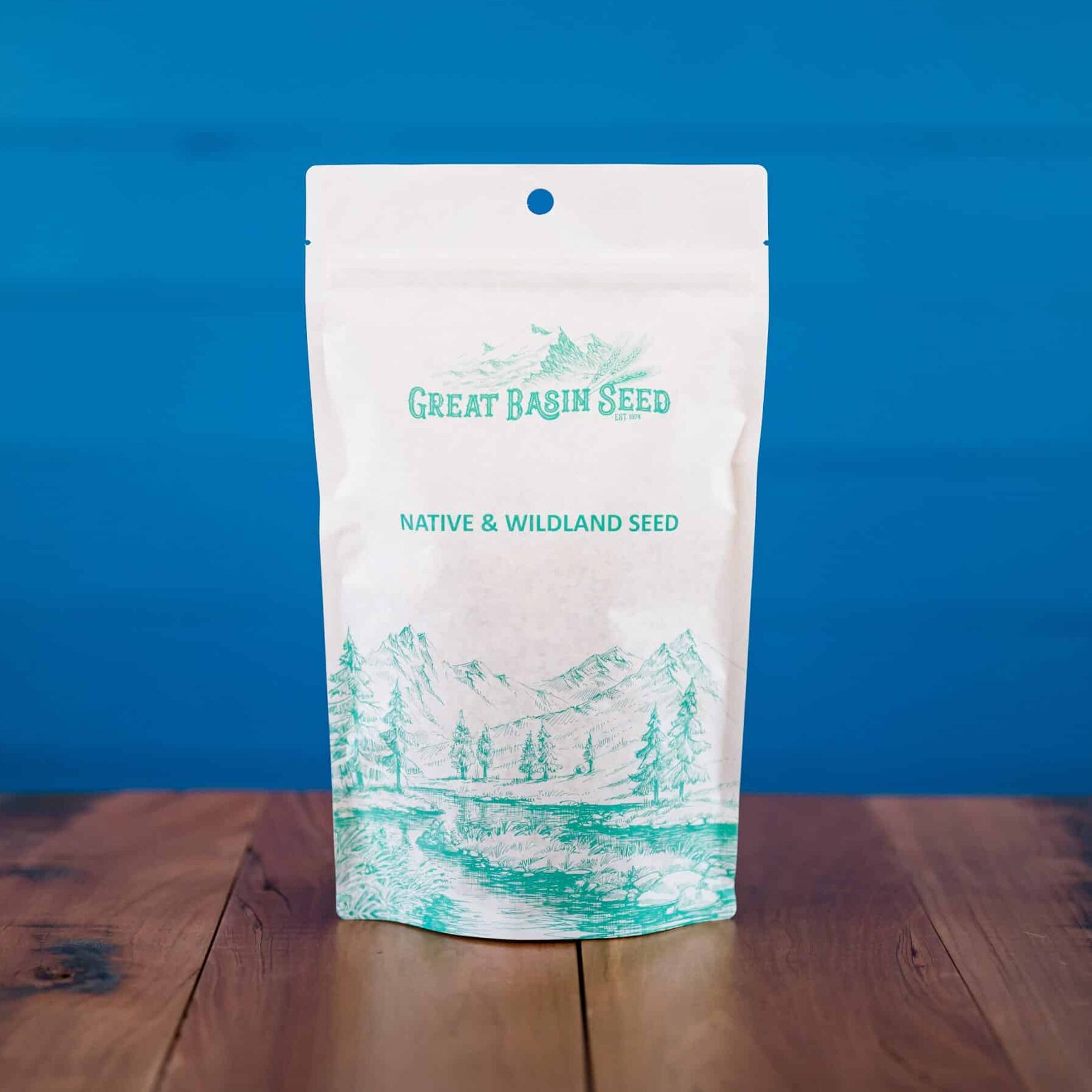Munro Globemallow (Sphaeralcia munroana) is a native, perennial for or “subshrub”. It grows in abundance in Utah, Nevada, Northern Arizona and the Four-Corners Area, but occurs across most of the western united states. It has been referenced as one of the “gems of the arid west” because of it’s ability to add aesthetic beauty and diversity to range landscapes. It is arguably the most widely distributed and frequently occurring of all the globemallows.
Munros Globemallow loves sandy, well-drained and gravely soils. It has a taproot, an open branching form and grows to 8 to 32 tall. It is typically found in association with sagebrush on desert plains to low mountain slopes. Sphaeralcia munroana is adapted to dry areas with open exposure. It is often found growing in rocky, sandy soil but also grows well in heavy clay. Annual precipitation requirements range from 6 to 15 in.
Munro’s Globemallow is a great ornamental. It is is hardy to Zone 4 and is recommended for rock gardens, banks, desert shrub areas, and along driveways and walkways. In it’s natural habitat, globe mallow is known to appear seemingly out of nowhere in orange flower blankets that cover dozens of square miles. See the photos associated with this product. It is common along roadsides in the desert southwest.
As a pollinator, Munro’s globemallow attracts many species of bees, a few of which are specialists, requiring pollen and nectar only from Sphaeralcea and related genera.
It is a frequent ingredient in reclamation and erosion control mixes. It establishes will even in harsh conditions, and thrives in disturbed sites.
The genus name Sphaeralcea is from the Greek word “spharia” which is a globe (referring to the spherical fruits) and the Latin word “alcea” which means a kind of mallow.
Synonyms: Orange Globemallow, Whitestem Globemallow
*** Click on the “Quick Plant Facts” tab for more information.
Munro’s Globemallow NRCS Plant Guide and Fact Sheet
Munro’s Globemallow NRCS Plant Guide and Fact Sheet
PDF version of NRCS Plant Guide & Fact Sheet
Prepared By: Pamela L.S. Pavek, USDA NRCS Plant Materials Center, Pullman, Washington
James H. Cane, USDA ARS Bee Biology and Systematics Lab, Logan, Utah
Olga A. Kildisheva, University of Idaho Center of Forest Nursery and Seedling Research, Moscow,
Idaho
Anthony S. Davis, University of Idaho Center of
Forest Nursery and Seedling Research,, Moscow,
Idaho
Helpful Links
Additional information about this product can be found on the academic websites linked below.
Synonyms
Many plants have more than one common and scientific name. We've listed a few of them below.
- Munro’s Globemallow
- Sphaeralcea munroana
- Desert mallow
- Munroe globemallow
- orange globemallow
- salmon globemallow
- scarlet globemallow
- whitestem globemallow
Who is Great Basin Seed?
Great Basin Seed is a seed company that specializes in seed sales and consultation for home, ranch, farm, range and reclamation. We have been a leader in the seed industry since 1974.
Our History
We've been in the seed business since 1974.
What We Offer
We offer seed for home, farm, ranch, range and reclamation projects.
Meet the Gang
We have the best employees in the world! We are proud of the work they do, and trust them to serve you!
Right: Company founder Lloyd and his wife Paula Stevens in a wildflower seed production field circa 1977
Quick Plant Facts
| Common Name: | Munro's Desert-mallow, Munro's Globemallow |
|---|---|
| Scientific Name: | |
| Lifespan: | |
| Origin: | |
| Plant Type: | |
| pH Tolerance: | |
| Seed Count | 500000 |
| Growth Height: | |
| Planting Rate: | |
| Min. Precipitation: | |
| Best Time to Sow: | |
| Max Sowing Depth: | |
| Growth Season: | |
| Sun & Shade Tolerance: | Full sun, Partial shade |
| Elevation of Occurance: | |
| Zone Map | comingsoon.gif |
| Hardiness Zones: | |
| Select a Package Size and Quantity | 1 oz. Envelope, 4 oz. Pouch (0.25 lbs.), 8 oz. Pouch (0.50 lbs.), 1 lb. (by the pound) |







